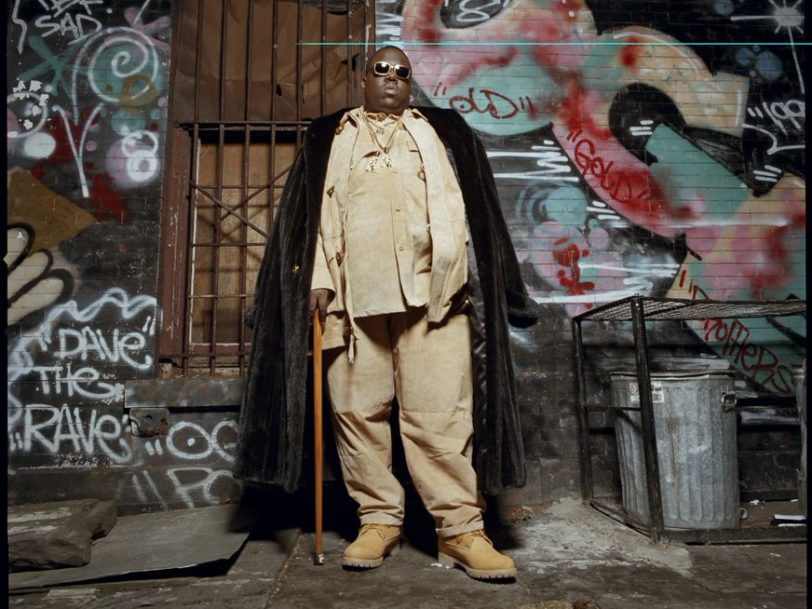Christopher George Latore Wallace, aka The Notorious B.I.G., aka Biggie Smalls… the Brooklyn, New York City, resident was a man of many names. Born on 21 May 1972, just before the birth of hip-hop, the game-changing rapper grew up around the music, experiencing its late-80s/early-90s “Golden Age” as a teenager: “It was all a dream/I used to read Word Up! magazine/Salt-N-Pepa and Heavy D up in the limousine,” as he rapped on his breakthrough single, Juicy. Biggie took that experience and ran with it, becoming one of 90s hip-hop’s major stars, alongside collaborators such as Wu-Tang Clan and Jay-Z. The influence of that generation still looms large over the genre today, and it is a tragedy that Biggie isn’t here to experience that with them.
Listen to the best of The Notorious B.I.G. here.
I got a story to tell: Biggie’s early years
Biggie’s early career was that of a hustler, mixing rapping on street corners with jail time. His early freestyles are the stuff of legend, with one video capturing his prowess outside a Brooklyn grocery store, surrounded by onlookers witnessing the birth of a legend.
Rapper turned label-owner Andre Harrell had launched his new jack swing-heavy Uptown Records imprint in the mid-80s, and had one Sean Combs among its A&R staff. After hearing Biggie’s raw demo, Combs realised the rapper wouldn’t remain street-level for long. Reinventing himself as Puff Daddy and launching his own Bad Boy Entertainment outfit, Combs filched Biggie from Uptown. The up-and-coming star had already made guest appearances with big-name acts such as Busta Rhymes and Heavy D (A Buncha Ni__as, 1992), Neneh Cherry (Buddy X, 1993) and Mary J Blige (that same year’s Real Love), and proved his early versatility by working with dancehall reggae legend Super Cat on the pop single Dolly My Baby.
Biggie’s rapping style was consistent, combining some of hip-hop’s most cinematic rhyming talents and finest similes (“Making money smoking mics like crack pipes”) with solid, laidback vocals. But his subject matter was diverse. He worked just as well on hardcore hip-hop tracks (Warning, Who Shot Ya and the especially nihilistic Player’s Anthem, by Junior M.A.F.I.A., his side group featuring Lil’ Kim) as he did on the naughty loverman pieces he recorded alongside them.




